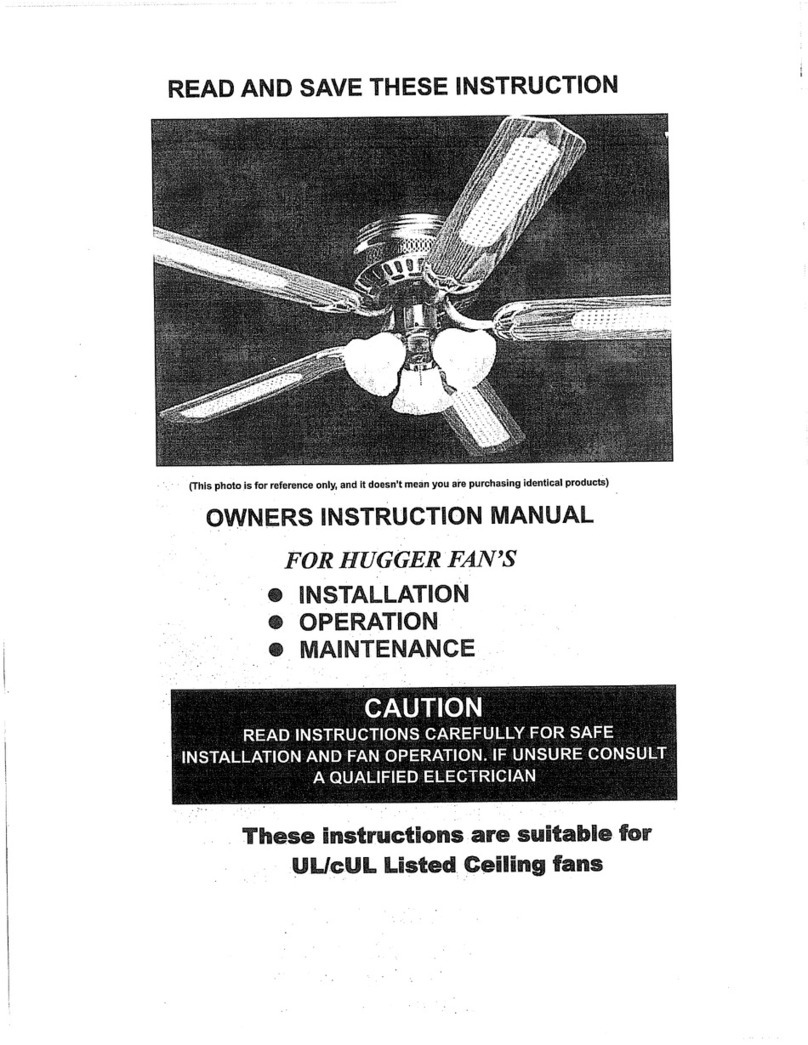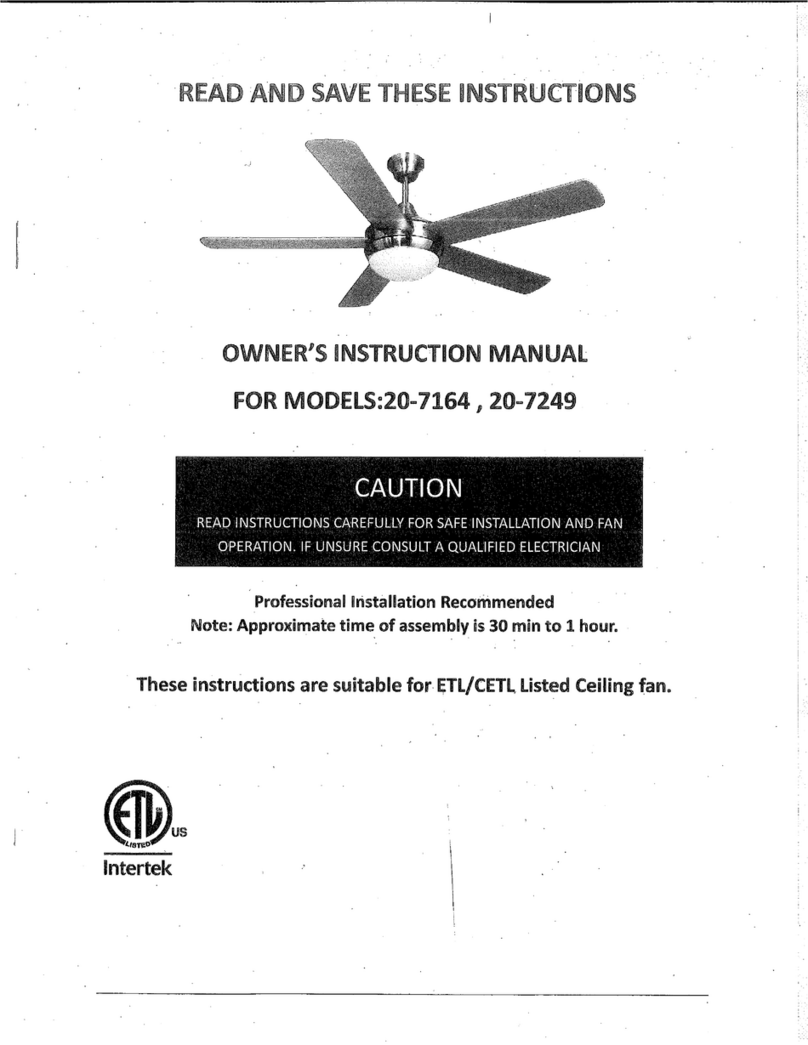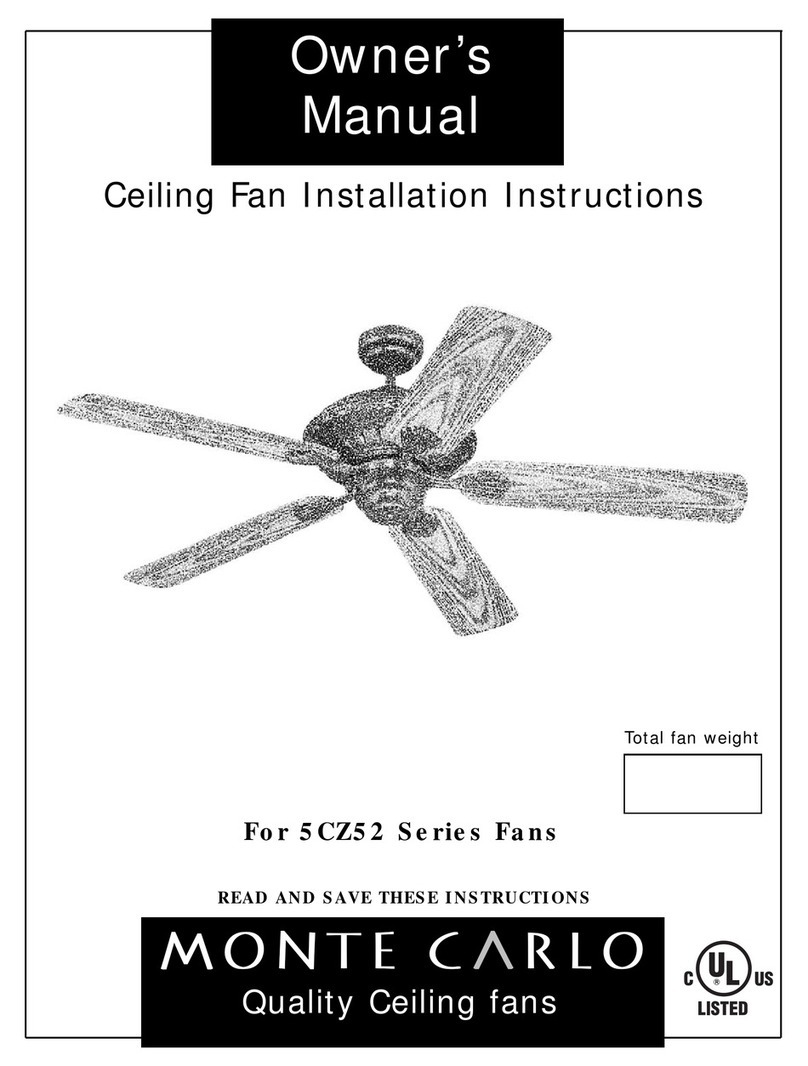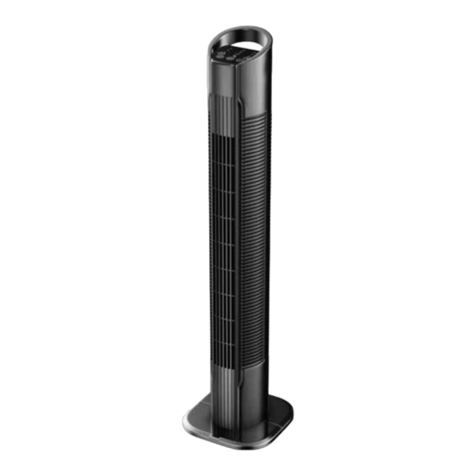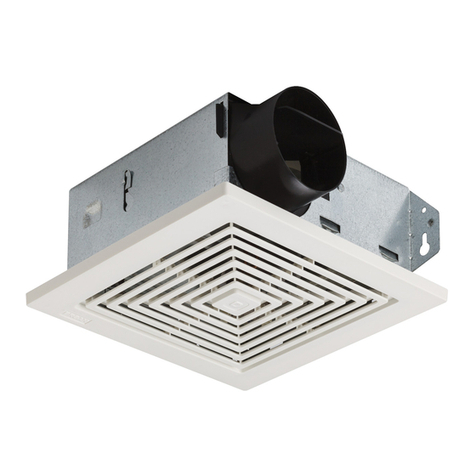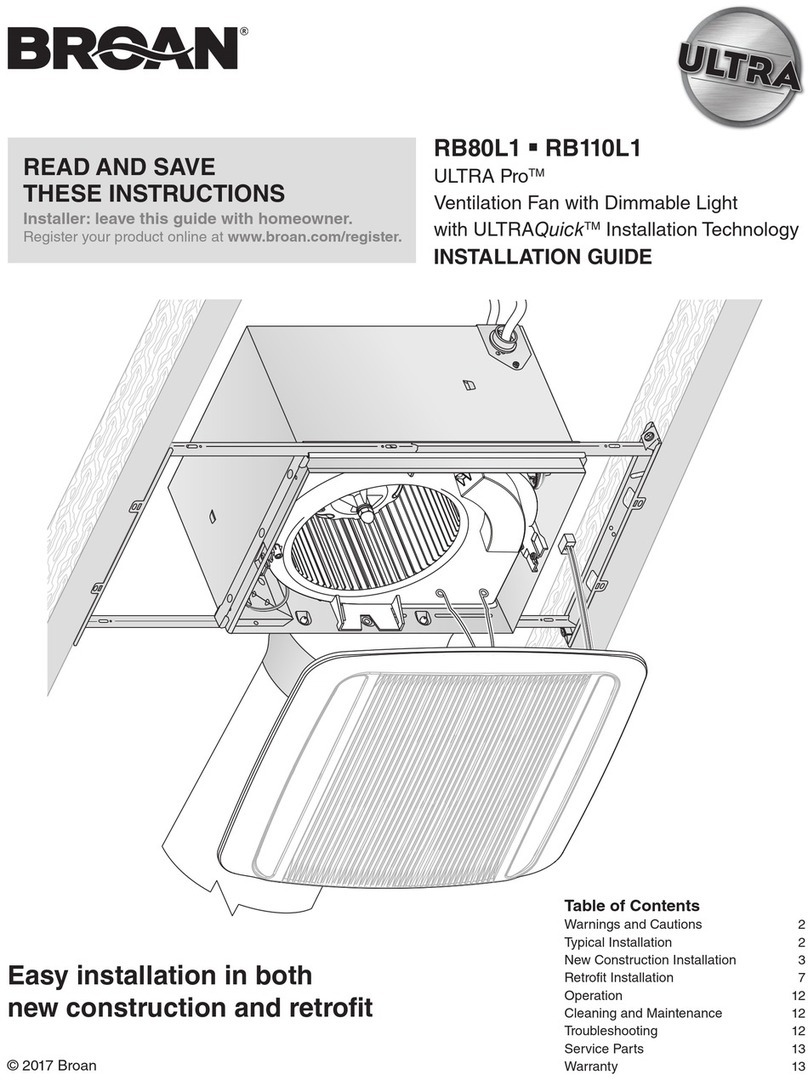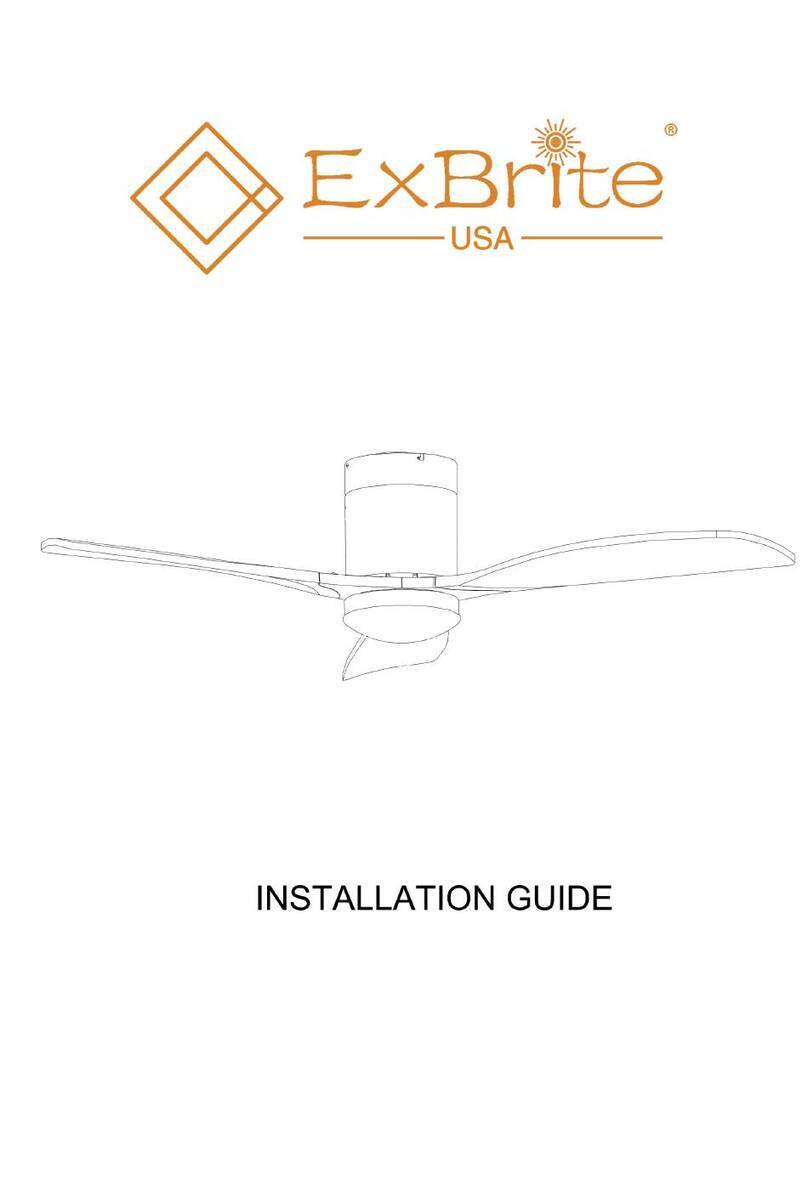Hardware House 20-7409 Setup guide

READ AND SAVE THESE INSTRUCTIONS
OWNER’S INSTRUCTION MANUAL
FOR MODELS:20‐7409
Professional Installation Recommended
Note: Approximate time of assembly is 30 min to 1 hour.
These instructions are suitable for ETL/CETL Listed Ceiling fan.
CAUTION
READ INSTRUCTIONS CAREFULLY FOR SAFE INSTALLATION AND FAN
OPERATION. IF UNSURE CONSULT A QUALIFIED ELECTRICIAN

Page 1
Table of Contents:
Safety Tips ‐‐‐‐‐‐‐‐‐‐‐‐‐‐‐‐‐‐‐‐‐‐‐‐‐‐‐‐‐‐‐‐‐‐‐‐‐‐‐‐‐‐‐‐‐‐‐‐‐‐‐‐‐‐‐‐‐‐‐‐2
Unpacking your fan ‐‐‐‐‐‐‐‐‐‐‐‐‐‐‐‐‐‐‐‐‐‐‐‐‐‐‐‐‐‐‐‐‐‐‐‐‐‐‐‐‐‐‐‐‐‐‐‐‐3
Tools and Material Required‐‐‐‐‐‐‐‐‐‐‐‐‐‐‐‐‐‐‐‐‐‐‐‐‐‐‐‐‐‐‐‐‐‐‐‐‐‐4
Electrical Outlet box &Feature‐‐‐‐‐‐‐‐‐‐‐‐‐‐‐‐‐‐‐‐‐‐‐‐‐‐‐‐‐‐‐‐‐‐‐4
Preparing for installation ‐‐‐‐‐‐‐‐‐‐‐‐‐‐‐‐‐‐‐‐‐‐‐‐‐‐‐‐‐‐‐‐‐‐‐‐‐‐‐‐‐5
Mounting Bracket Installing‐‐‐‐‐‐‐‐‐‐‐‐‐‐‐‐‐‐‐‐‐‐‐‐‐‐‐‐‐‐‐‐‐‐‐‐‐‐5
Hanging System Installation‐‐‐‐‐‐‐‐‐‐‐‐‐‐‐‐‐‐‐‐‐‐‐‐‐‐‐‐‐‐‐‐‐‐‐‐‐‐6
Blade Assembly ‐‐‐‐‐‐‐‐‐‐‐‐‐‐‐‐‐‐‐‐‐‐‐‐‐‐‐‐‐‐‐‐‐‐‐‐‐‐‐‐‐‐‐‐‐‐‐‐‐‐‐‐‐7
Mounting ‐‐‐‐‐‐‐‐‐‐‐‐‐‐‐‐‐‐‐‐‐‐‐‐‐‐‐‐‐‐‐‐‐‐‐‐‐‐‐‐‐‐‐‐‐‐‐‐‐‐‐‐‐‐‐‐‐‐‐‐‐7
Wiring ‐‐‐‐‐‐‐‐‐‐‐‐‐‐‐‐‐‐‐‐‐‐‐‐‐‐‐‐‐‐‐‐‐‐‐‐‐‐‐‐‐‐‐‐‐‐‐‐‐‐‐‐‐‐‐‐‐‐‐‐‐‐‐‐‐‐8
Secure to Ceiling ‐‐‐‐‐‐‐‐‐‐‐‐‐‐‐‐‐‐‐‐‐‐‐‐‐‐‐‐‐‐‐‐‐‐‐‐‐‐‐‐‐‐‐‐‐‐‐‐‐‐‐‐8
Light Fixture Installation ‐‐‐‐‐‐‐‐‐‐‐‐‐‐‐‐‐‐‐‐‐‐‐‐‐‐‐‐‐‐‐‐‐‐‐‐‐‐‐‐‐‐9
Remote controller operation‐‐‐‐‐‐‐‐‐‐‐‐‐‐‐‐‐‐‐‐‐‐‐‐‐‐‐‐‐‐‐‐‐‐‐‐‐10
Operation and Maintenance‐‐‐‐‐‐‐‐‐‐‐‐‐‐‐‐‐‐‐‐‐‐‐‐‐‐‐‐‐‐‐‐‐‐‐‐11
Trouble Shooting‐‐‐‐‐‐‐‐‐‐‐‐‐‐‐‐‐‐‐‐‐‐‐‐‐‐‐‐‐‐‐‐‐‐‐‐‐‐‐‐‐‐‐‐‐‐‐‐‐‐‐12

Page 2
SAFETY TIPS
1. To avoid possible electric shock, turn off the electricity at the main fuse box or circuit panel
before you begin the fan installation or before servicing the fan or installing accessories.
2. CAUTION: READ ALL INSTRUCTIONS AND SAFTY INFORMATION CAREFULLY BEFORE
INSTALLING YOUR FAN AND SAVE THESE INSTRUCTIONS.
3. Make sure all electrical connections comply with local codes or ordinances and the national
electrical code. If you are unfamiliar with electrical wiring, please use a qualified and licensed
electrician.
4. Make sure you have a location selected for your fan that allows clear space for the blades to
rotate, and at least seven (7) feet of clearance between the floor and the fan blade tips. The fan
should be mounted at least thirty (30) inches from walls or other upright structures.
5. WARNING: The outlet box and ceiling support joist used must be securely mounted, and
capable of supporting a minimum of 50 pounds.
6. WARNING: To reduce the risk of fire, electrical shock, or personal injury mount to outlet box
marked" Acceptable For Fan Support" and use mounting screws (and locked washers ) provided
with the outlet box.
7. Electrical diagrams are for reference only. Light kits that are not packed with the fan must be ETL
list and marked suitable for use with the model fan you are installing.
8. After installation is complete, check that all connections are absolutely secured.
9. After making electrical connections, spliced conductors should be turned upward and pushed
carefully up into outlet box. The wires should be turned spread apart with the grounded
conductor and the equipment-grounding conductor on one side of the outlet box.
10. WARNING: To reduce the risk of fire, electrical shock. Do not use this fan with any solid-state fan
speed control device, or rheostat.
11. Do not insert anything into the fan blades while they are rotating.
12. WARNING: To reduce the risk of personal injury, do not bend the blade brackets when installing the brackets,
balancing the blades, or cleaning the fan. Do not insert foreign objects in between rotating fan blades.
13. To avoid personal injury or damage to the fan and other items, be cautious when working around
or cleaning the fan.
14. Do not use water or detergents when cleaning the fan or fan blades. A dry dust cloth or lightly
dampened cloth will be suitable for most cleaning.
15. Instructions for supply connections: conductor of a fan identified as grounded conductor to be
connected to a grounded conductor of power supply, conductor of fan identified as ungrounded
conductor to be connected to an ungrounded conductor of power supply, conductor of fan
identified for equipment grounding to be connected to an equipment-grounding conductor.
NOTE: The important safety precautions and instructions appearing in this manual are not meant to
cover all possible conditions and situations that may occur. It must be understood that common sense
and caution are necessary factors in the installation and operation of this fan.
CAUTION: To reduce the risk of injury to person, install fan so that the blade is at least 2.1
Meters(7Feet) above the floor.

Page 3
UNPACKING YOUR FAN
1. Unpack your fan and check the contents. Do not discard the carton. I
f
warranty
replacement or repair is ever necessary the fan should be returned in original packaging.
Remove all parts and hardware. Do not lay motor housing on its side: the decorative
casting may shift.
2. Examine all parts. You should have the following:
1.Canopy with Mounting Bracket
2.Downrod and hanging ball (with pin and clip)
3.Yoke cover
4.Motor assembly
5.Light pan
6.Glass shade
7.Metal Frame
8.Set o
f
Blades holder ( 4pieces)
9.Set o
f
Blades ( 4pieces)
10.Set o
f
Remote controller
11.Screws Pack Containing:
a.screws with washer for each blades,
b.Mounting bracket hardware( screws with washer)
c.balancing pack,
12.Bulbs ( 2pieces)

Page 4
TOOLS AND MATERIALS REQUIRED
Phillips screw driver
Blade screw driver
Adjustable pliers or wrench
Step Ladder
Wire cutter
Electrical tape
ELECTRICAL OUTLET BOX&FEATURE
1. If there is an existing outlet box, ensure it is
clearly marked”suitable for fan support
”
.Ifnot,it
must be replaced with an approved one.
2. Secure the outlet box (or make sure the existing
box is secured) directly to the building structure. Use
appropriate fasteners and building materials. Wood
joist and outlet box must be able to support a
minimum of 50 pounds.
3. Figure 1,2 and 3 are examples of different ways to
mount the outlet box in different situations. A longer
downrod may be required in sloped ceiling situations
to maintain proper blade clearance.
4. To hang the fan in locations where no ceiling
joists is available. A hanger support bar may be
required (Fig.4).
To prevent personal injury and damage, ensure that
the hanging location allows the blades a clearance of
7ft.(2.13m) from the floor and 30in. 76cm from any
wall or obstruction.
This fan is suitable for room sizes up to 400 square feet
(
37.2 s
q
uare meters
)
.
This fan can be mounted with a downrod on a
regular(no slope) or vaulted ceiling. The hanging
length can be extended by purchasing a longer
downrod(0.85in./2.15cm outer diameter). Other
installation, Such as flushmount, is not available for
this fan.

Page 5
PREPARING FOR INSTALLATION
MOUNTING BRACKET INSTALLATION
1.
Unpack and inspect fan carefully to be
certain all contents are included.
Turn of
f
power at fuse box to avoid
possible electrical shock.
2.
Use metal outlet box suitable for fan
support(must support 50lbs). Before
attaching fan to outlet box, ensure the
outlet box is securely fastened by at least
two points to structural ceiling member(a
loose box will cause the fan to wobble).
3.
Remove the screws and star washer from
the two mating holes(2).
Loosen but don’t remove the screws in the
mating slots(1) on the canopy; rotate the
mounting bracket and remove from the
canopy.
4.
Install mounting bracket(1)to outlet
box in ceiling using the screws and
washer provided with the outlet box.

Page 6
HANGING SYSTEM INSTALLATION
5.
Use the downrod supplied with fan,
remove clamp pin(1) and cross pin(2)
form downrod(3).
6.
Place downrod assembly(1) into
canopy(2)and yoke cover(3). Feed motor
wires through the downrod assembly(1).
7.
Insert down‐rod into down‐rod coupling ON FAN MOTOR HOUSING. Make sure to align hole in
downrod with the hole in downrod coupling. Install cross pin(1) through coupling and downrod.
Insert keeper pin(2) into cross pin until it snaps into place. Tighten set screws(3) in coupling.
Slide coupling cover(4)over the downrod coupling.

Page 7
BLADE ASSEMBLY
MOUNTING
8.
Attached blade holders to blades
using the screws(1) and fabric
washers(2).
9.
Rotate motor to make screw hole align to
connection box U slot, then attach blade assembly
to motor using motor screws provided. Tighten
screws securely, repeat this procedure for all
blades.
10.
Carefully lift fan assembly onto mounting bracket. Rotate fan until notch on downrod
ball(1) engages the ridge on the mounting bracket(2). This will allow for hands free
wiring.

Page 8
WIRING
SECURE TO CEILING
11.
Make wiring connections from the house and the motor to the remote receiver as shown
above. Connect using wiring nuts(provided).
12.
Once wiring step has been
completed, slide the wired
remote receiver in between
the mounting bracket and
the top o
f
the downrod ball
for downrod fans.
13.
Slide the canopy up to the mounting bracket.
The canopy has two mating slots(1)and two mating holes(2). Position both slots on canopy
directly under and in line with two screws in the mounting bracket(3). Lift the canopy, allowing
thetwoscrewstoslideintothematingslots.Rotatethecanopyclockwiseuntilbothscrews
from the mounting bracket drop into the slot recesses. Tighten screws securely. Install two
screws and lock washers into the mating holes o
f
the canopy and tighten to secure the canopy
to the mounting bracket.

Page 9
LIGHT FIXTURE INSTALLATION
14.
REMOVE ONE SCREW FROM CONNECTION
BOX,REMAINS THREE SCREWS.
Connect the terminals from the fan light to
the terminals from the motor.
The black wire from motor to black wire
from light kit.
The white wire from motor to white wire
form light wire.
15.
Lift the light pan to connection box’s remaining 3
screws which go through three key holes and rotate
the light pan clockwise to align holes, then tighten
all 4 screws.
16.
Install included bulbs.
(Bulb type A15C MAX 60W)
17.
Put the glass shape to the Metal frame evenly,
secure them to the light pan, rotate metal frame
to align holes to light pan, and tighten the screws
provided.

Page 10
OFF
LOW
MED
HI
REMOTE CONTROL OPERATION
1.Codes:
This remote control is preset WITH a pair of codes when being manufactured. Codes are set by
pushing dip switches up or down. It is imperative that the code used for both transmitter and
receiver is exactly the same, otherwise remote controller will not work. Please note the code
switch will enable you to operate a second remote controller independently. For example, if you
have two ceiling fans with 2 remote control units, set 2 different codes for each set of
transmitter/receivers. This means you can operate each ceiling fan independently.
2.Your remote control is ready for use after battery installation.
Note:This remote is to use 1×9V battery.
3.Functions of transmitter
HI : Turn on ceiling fan at high speed.
MED : Turn on ceiling fan at medium speed.
LOW : Turn on ceiling fan at low speed.
OFF : Turn off ceiling fan.
ON/OFF: Press and release immediately to turn LIGHT on / off ,
DIMMER‐Press and hold to dim or brighten lights to the desired level
and release. (Incandescent light bulbs only)
4.Installation of transmitter wall mount holder with two screws.

Page 11
OPERATION AND MAINTENANCE
Maintenance
1. Because of the fan’s natural movement, some connections may become loose.
Check the support connections, brackets, and blade attachments twice a year.
Make sure they are secure.
2. Clean your fan periodically to help maintain its new appearance over the years.
Do not use water when cleaning.
3. Use only a soft brush or lint-free cloth to avoid scratching the finish.
The plating is sealed with a lacquer coating to minimize discoloration or tarnishing.
4. There is no need to oil your fan. The motor has permanently lubricated bearings.
Operation
Turn on the power and check operation of fan.
Speed settings for warm or cool weather depend on factors
such as room size, ceiling height, number of fans and so
on.
The reversible switch controls direction, forward or reverse.
Warm weather/ Sposition - (Forward) Fan turns in counter
clockwise direction.
A downrod air flow creates a cooling effect as shown in
illustration A.
This allows you to set your air conditioner on a higher
temperature setting
without affecting your comfort.
Cool weather/
W
position-(Reverse) Fan turns in clockwise
direction. An upward airflow moves warm air off the ceiling
area as shown in illustration B.
This allows you to set your heating unit on a lower setting
without affecting your comfort.
NOTE:Turn off and wait for fan to stop before changing the
setting of the forward/reverse slide switch.

Page 12
TROUBLE SHOOTING GUIDE
If you have difficulty operating your new ceiling fan, it may be the result of incorrect assembly,
installation, or wiring. In some cases, these installation errors may be mistaken for defect. If you
experience any faults, please check this Trouble Shooting Chart. If a problem cannot be remedied,
please consult with your authorized electrician and do not attempt any electrical repairs yourself.
TROUBLE SUGGESTED REMEDY
1. If fan dose not start: 1.Check main and branch circuit fuses or circuit breakers.
2.Check wire connections as performed in step #12 of installation.
Caution:Make sure main power is turned off.
3.Make sure forward/reverse switch is firmly in up or down position.
Fan will not operate when switch is in the middle.
4. If the fan still will not start, contact a qualified electrician.
Do not attempt to troubleshoot internal electrical connections yourself.
2. If fan sounds noisy: 1.Check to make sure all screws in motor housing are snug(not over
tightened).
2.Check to make sure the screws which attach the fan blade holder to the
motor are tight.
3.Some fan motors are sensitive to signals from Solid State variable speed
controls. DO NOT USE a Solid State variable speed control.
4. Allow “break-in” period of 24 hours. Most noises associated with a new fan
will disappear after this period.
3. If fan wobbles: All blades are weighed and grouped by weight. Natural woods vary in density
which could cause the fan to wobble even though all blades are weight-matched.
The following procedures should eliminate most of the wobble.Check for wobble
after each step.
1.Check that all blades are screwed firmly into blade holders.
2.Check that all blade holders are tightened securely to motor.
3.Make sure that canopy and mounting bracket are tightened securely to ceiling
joist.
4. If blade wobble is still noticeable, interchanging two adjacent (side by side)
blade can redistribute the weight and possibly result in smoother operation.
4. If light does not work: 1. Check to see that the wire connections in the switch housing are connected.
2. Check for faulty light bulbs.
3.If light kit will still not operate, contact a qualified electrician for assistance.
Table of contents
Other Hardware House Fan manuals
Popular Fan manuals by other brands
Beacon Lighting
Beacon Lighting LUCCI AIRFUSION FLUSSO Installation, operation, maintenance & warranty information
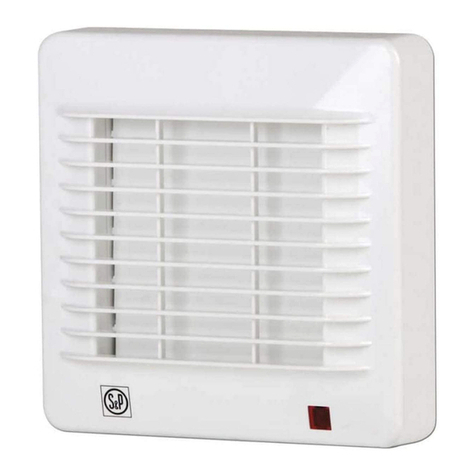
S&P
S&P EDM-100 Series manual
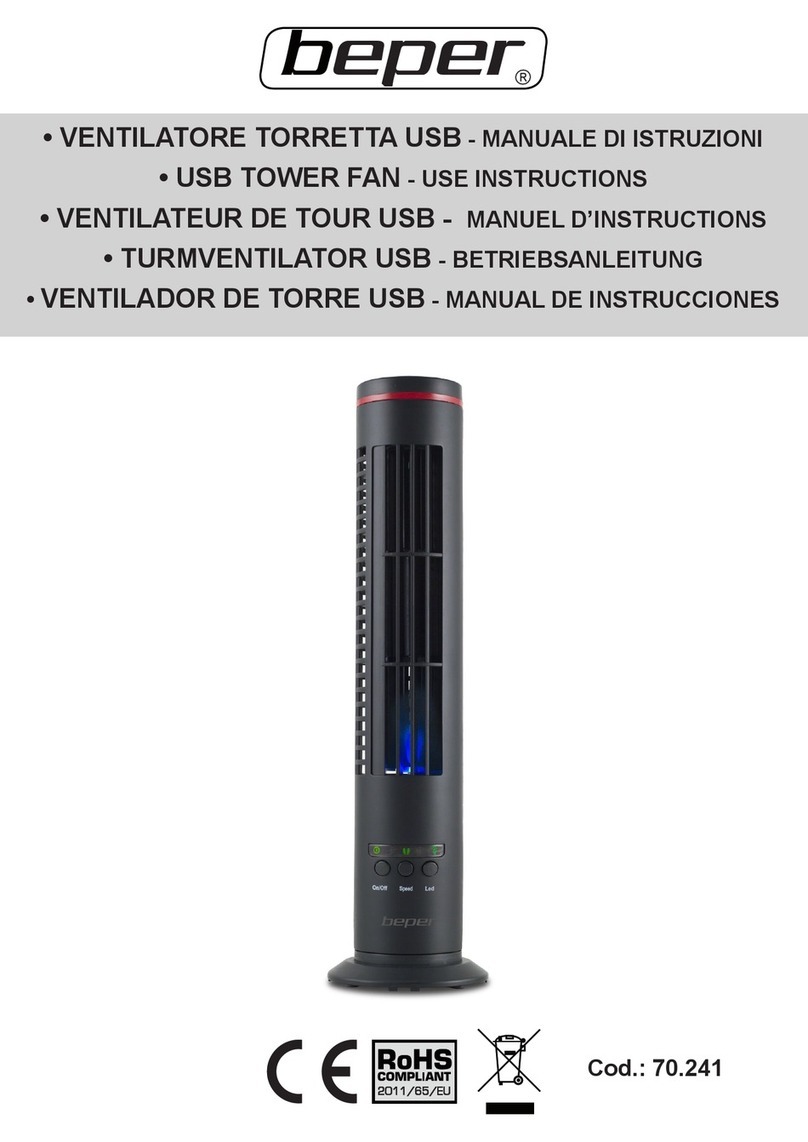
Beper
Beper 70.241 Additional safety and use instructions

Holmes
Holmes 32510022 instruction manual

Eglo
Eglo HOI AN 35027 instruction manual
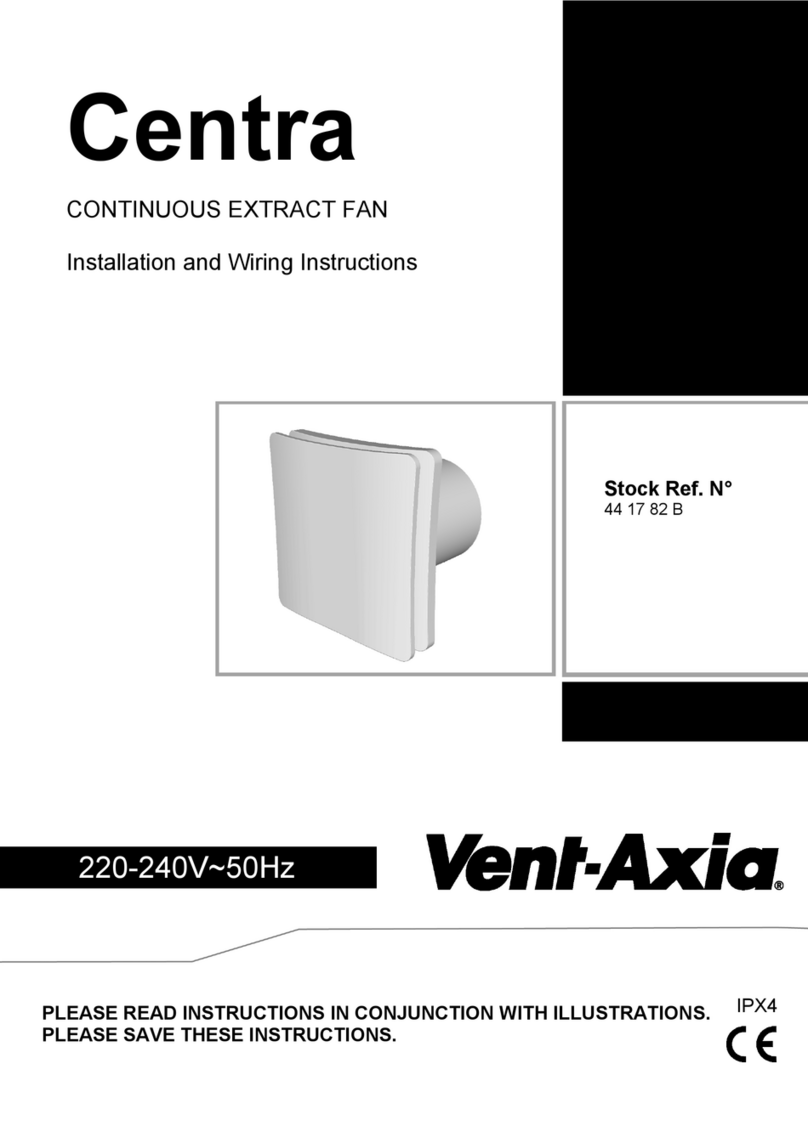
Vent-Axia
Vent-Axia Centra Series Installation and wiring instructions
